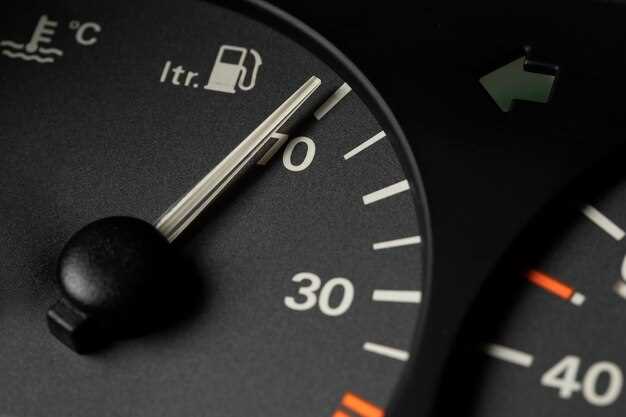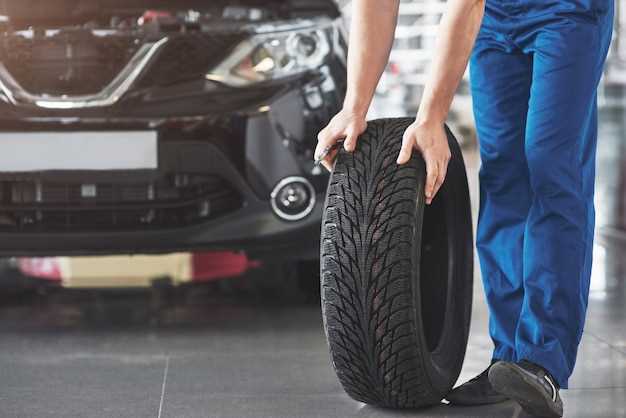
The performance and safety of any vehicle largely depend on the temperature and pressure of its tires. Understanding how these factors interact can help drivers optimize their vehicles for better handling, fuel efficiency, and overall longevity of the tires. Maintaining the correct pressure is essential, as underinflated or overinflated tires can lead to dangerous driving conditions and increased wear.
Temperature plays a crucial role in tire performance. As tires roll, they generate heat due to friction with the road surface. This heat affects the tire’s pressure and, in turn, its grip on the road. A tire that is too hot may experience a drop in performance, while a cold tire can lead to reduced traction and increased stopping distances. Understanding the relationship between temperature and pressure is vital for ensuring that tires operate within their optimal range.
This article will delve into the intricacies of tire temperature and pressure management, providing insights into how to monitor and maintain these critical factors. By adopting best practices, drivers can enhance their safety and improve the performance of their vehicles.
Understanding the Impact of Tire Temperature on Vehicle Performance

Tire temperature plays a crucial role in overall vehicle performance, affecting handling, traction, and tire longevity. When tires heat up during driving, their pressure increases due to the gas expansion inside the tire. This change in pressure can influence how the tire interacts with the road surface, impacting grip and stability.
As tire temperature rises, the rubber compounds within the tire become more pliable, enhancing the tread’s ability to conform to road irregularities. This improved contact helps maximize traction, especially during cornering, which is essential for maintaining control. However, excessive heat can lead to a decrease in performance, as overheated tires may experience a breakdown of the rubber, resulting in reduced grip and potentially causing blowouts.
Maintaining optimal tire temperature is therefore vital. Drivers should monitor tire pressure regularly, as correct inflation helps manage heat buildup. Under-inflated tires generate more friction, leading to increased temperatures and accelerated wear. Conversely, over-inflation may not provide sufficient surface contact, diminishing traction and increasing stopping distances.
In motorsports and high-performance driving, teams often utilize tire temperature data to make real-time adjustments. This information allows them to fine-tune tire pressure to ensure maximum performance during races. Understanding the relationship between tire temperature and pressure enables drivers to enhance their vehicle’s performance while minimizing risks associated with tire failures.
How to Accurately Measure and Adjust Tire Pressure
To ensure optimal vehicle performance and safety, it is essential to accurately measure and adjust tire pressure. Start by gathering the necessary tools: a reliable tire pressure gauge and an air compressor. It is best to check tire pressure when the tires are cold, as driving can cause them to heat up and give an inaccurate reading.
Begin by removing the valve cap from the tire. Press the tire pressure gauge onto the valve stem firmly. Ensure a good seal to prevent air leakage, which may result in an incorrect reading. Read the measurement displayed on the gauge. Compare the result with the manufacturer’s recommended tire pressure, usually found on a sticker inside the driver’s side door or in the owner’s manual.
If the tire pressure is lower than recommended, use an air compressor to add air. Inflate the tire gradually, checking the pressure frequently to avoid overinflation. Conversely, if the tire pressure is too high, release some air by pressing the valve stem with the gauge or a small tool until you reach the desired level.
Once the pressure is adjusted, replace the valve cap securely. It is advisable to repeat this process for all tires, including the spare. Regular monitoring of tire pressure, ideally at least once a month, along with adjustments as needed, will contribute to better fuel efficiency, prolonged tire life, and enhanced safety on the road.
Common Mistakes in Tire Temperature and Pressure Management

Proper tire temperature and pressure management is crucial for vehicle safety and performance. However, many drivers make common mistakes that can lead to suboptimal handling, increased tire wear, and decreased fuel efficiency.
1. Ignoring Recommended Pressure Levels: One of the most prevalent mistakes is neglecting the manufacturer’s recommended tire pressure. Maintaining pressure within the specified range is essential for optimal contact with the road and can significantly affect handling and braking performance.
2. Measuring Pressure with Warm Tires: Another frequent error is checking tire pressure when the tires are warm. Tire pressure increases with temperature, and measuring it in this state can lead to inaccurate readings. Always check your tire pressure when the tires are cold for a more accurate assessment.
3. Failing to Adjust for Load Changes: Drivers often overlook the need to adjust tire pressure based on changes in vehicle load. Overloading the vehicle without increasing tire pressure can result in poor performance and tire damage. It’s crucial to recalibrate pressure according to load specifications.
4. Neglecting Tire Temperature Monitoring: Many people do not consider tire temperature management as an integral part of overall tire maintenance. High temperatures can indicate under-inflation or excessive load, leading to blowouts. Regularly monitoring tire temperatures, especially during long drives, can prevent such risks.
5. Skipping Regular Inspections: Some drivers fail to regularly inspect their tires for signs of wear or damage, which can also affect pressure and temperature. Regular inspections allow for timely identification of issues like punctures, abrasions, or uneven wear patterns that may indicate improper pressure management.
By avoiding these common pitfalls, drivers can enhance their tire performance, prolong tire life, and ensure a safer driving experience. Remember, proper tire management is not just about pressure; it’s about maintaining the overall health of your tires.



